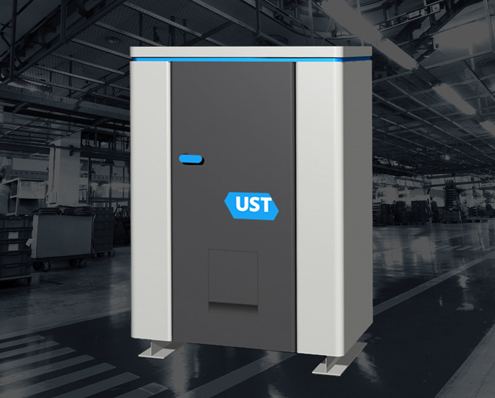UST Launches EvoVolt™ – Breakthrough Voltage Optimization Solution
Watervliet-based Utility Systems Technologies, Inc. (UST) has just launched EcoVolt™, an affordable voltage optimization and voltage regulation solution designed to help business owners, facility engineers and sustainability managers reduce electrical usage and extend the life of voltage-dependent equipment.









